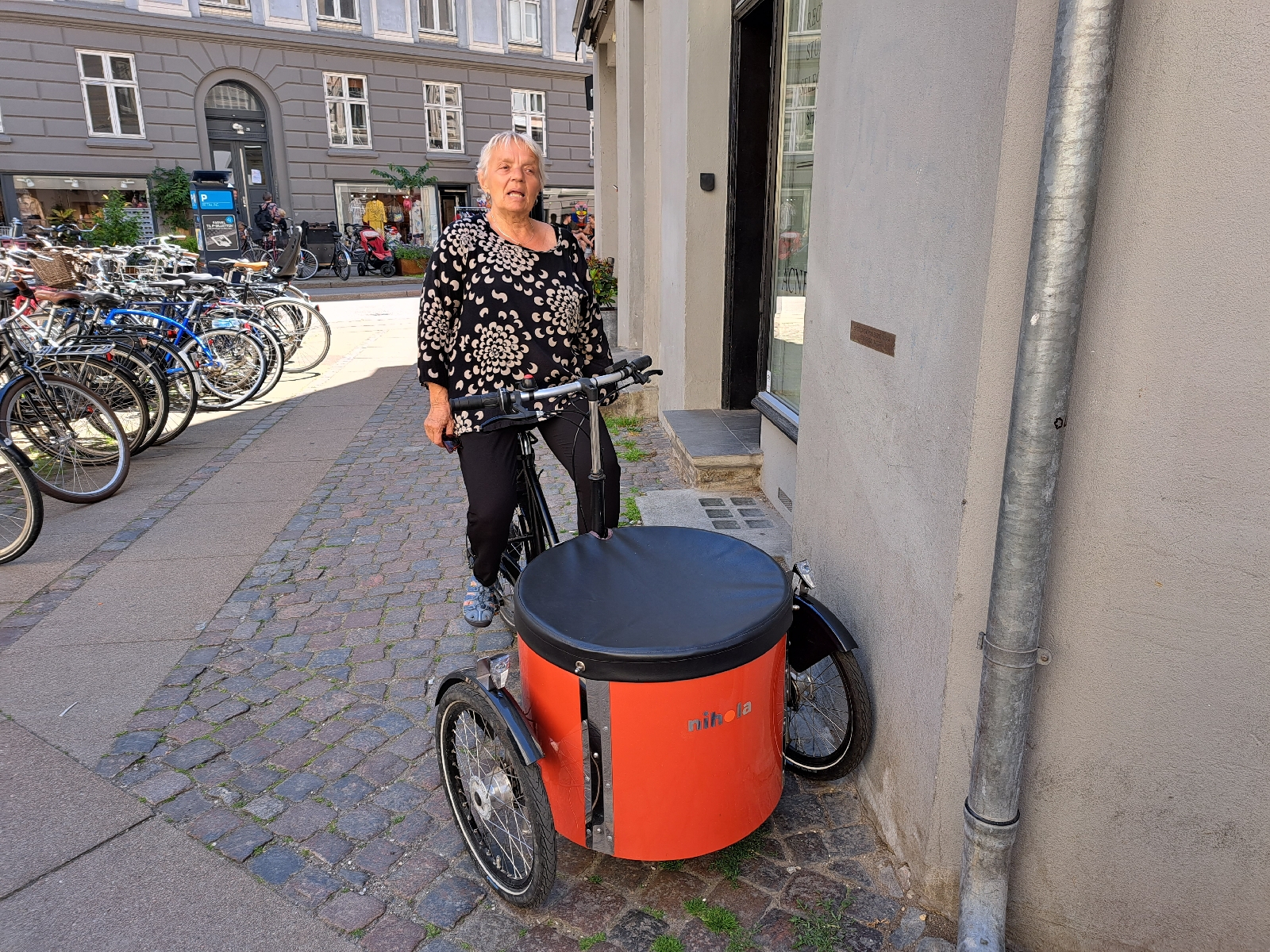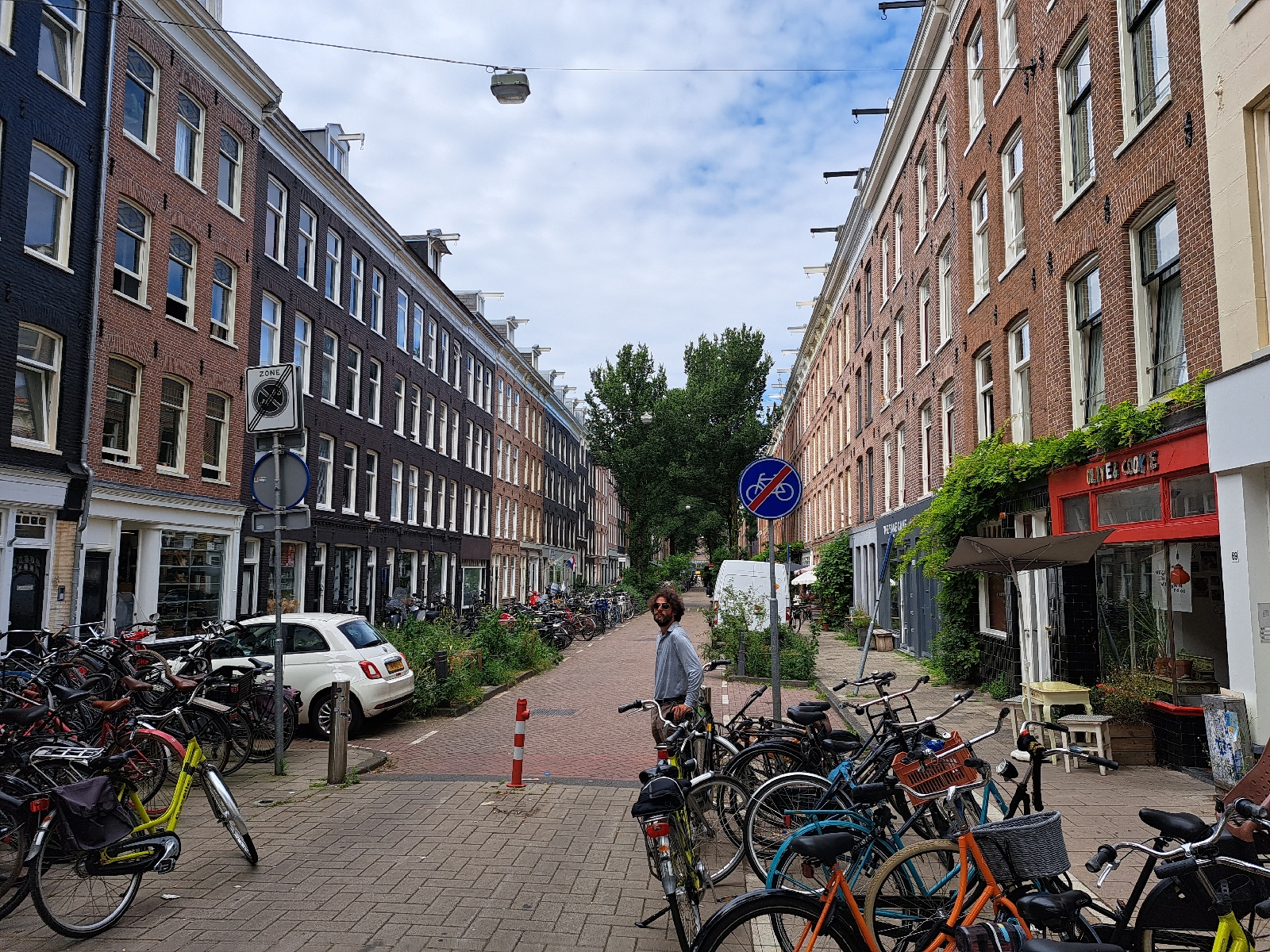Rest, write, reflect (Day 27 Netherlands)

On our last fully free day in Amsterdam, I took time to rest and reflect. I slept in, had lunch at a pub, watched people go by on foot, by bike, and on the tram, and took a long walk along the curve of a canal. I'd been travelling for nearly a month, experiencing what life could be like with different infrastructure choices. The Dutch (and the Danish) put their money where their mouth is when it comes to the physical and social infrastructure needed to support what they say they value. Healthy happy people need social service safety nets, reasonable work hours, childcare, public spaces to play at all ages, education, time with family and friends, healthcare, and the land use and transportation infrastructure to enable all of it without being dependent on cars. In my month abroad, I experienced a level of autonomy, safety, and convenience I'd never known before. Autonomy The infrastructure supported whatever I needed and wanted to do in a day. I could get anywhere I ...





